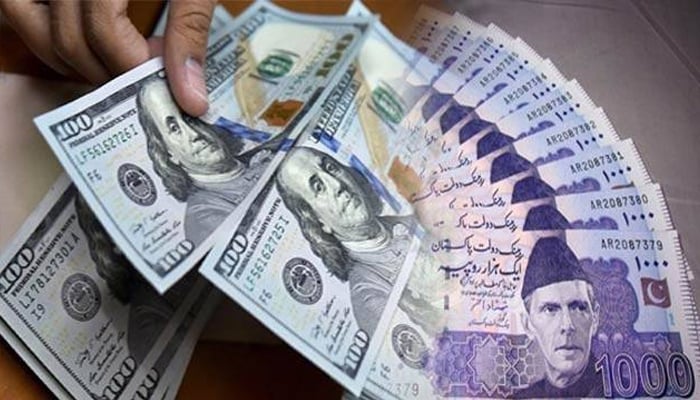Business
Rupee continues to dip as import payment pressure weighs
-

 Latest News6 hours ago
Latest News6 hours agoThe team’s failure to capitalize against India is acknowledged by Mohammad Rizwan.
-

 Latest News6 hours ago
Latest News6 hours agoPakistan Provides Gaza With 100 Tonnes Of Crucial Aid
-

 Latest News6 hours ago
Latest News6 hours agoAlibaba pledges to invest $53 billion in cloud computing and AI by 2027.
-

 Business6 hours ago
Business6 hours agoAfter more than 50 years, Bangladesh and Pakistan resume direct trade.
-

 Business6 hours ago
Business6 hours agoThe amount of trade between Saudi Arabia and Pakistan hits $700 million.
-

 Latest News6 hours ago
Latest News6 hours agoImproving Trade Relations With Azerbaijan Is Pakistan’s Goal
-

 Latest News6 hours ago
Latest News6 hours agoFor a two-day official visit to Azerbaijan, the PM arrives in Baku.
-

 Latest News6 hours ago
Latest News6 hours agoMore than 10 energy projects are nearing completion in Khyber Pakhtunkhwa.























